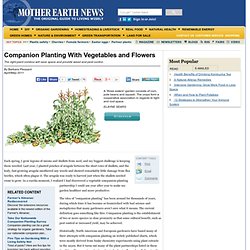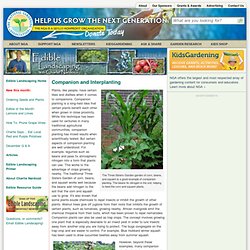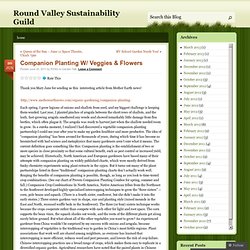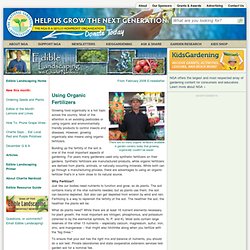

Cold Frame Designs And Hotbeds. Question: What is the difference between a cold frame and hotbed for the garden.

My husband says we need a coldframe and I say hotbed. I’m not sure if they are the same thing or not. All I know is that they are suppose to extend the growing season. Lil, Rochester, NY Answer: The place of the coldframe and hotbed in the culture of plants is second in importance only to the garden itself. A coldframe and hotbed have many purposes. Beginning in late winter or very early spring, when seeds are started, through late spring, when plants are being prepared to withstand early outdoor temperatures, and then successively through the following months, the cold frame can be devoted to raising perennials, increasing plants from cuttings, protecting tender plants, or prolonging the growing season by sowing late vegetables which mature around Thanksgiving, or for growing such plants as violets and pansies for out-of-season flowers.
Cold Frame Of Hotbed – A Marked Distinction Getting The Best Sunlight. Cold Frames and Hot Beds. To get the most out of a garden, you can extend the growing season by sheltering plants from cold weather both in early spring and during the fall.

Very ambitious gardeners harvest greens and other cool-weather crops all winter by providing the right conditions. There are many ways to lengthen the growing season, and your choice depends on the amount of time and money you want to invest. Companion Planting With Vegetables and Flowers - Organic Gardening. Each spring, I grow legions of onions and shallots from seed, and my biggest challenge is keeping them weeded.

Last year, I planted pinches of arugula between the short rows of shallots, and the leafy, fast-growing arugula smothered any weeds and showed remarkably little damage from flea beetles, which often plague it. The arugula was ready to harvest just when the shallots needed room to grow. In a eureka moment, I realized I had discovered a vegetable companion-planting partnership I could use year after year to make my garden healthier and more productive. The idea of “companion planting” has been around for thousands of years, during which time it has become so besmirched with bad science and metaphysics that many gardeners aren’t sure what it means. The current definition goes something like this: Companion planting is the establishment of two or more species in close proximity so that some cultural benefit, such as pest control or increased yield, may be achieved.
Measuring Success. Edible Landscaping with Charlie Nardozzi. The Three Sisters Garden garden of corn, beans, and squash is a good example of companion planting.

The beans fix nitrogen in the soil, helping to feed the corn and squash plants. Plants, like people, have certain likes and dislikes when it comes to companions. Companion planting is a long-held idea that certain plants benefit each other when grown in close proximity. While this technique has been used for centuries in many traditional agricultural communities, companion planting has mixed results when scientifically tested. Companion Planting W/ Veggies & Flowers « Round Valley Sustainability Guild. Thank you Mary Jane for sending us this interesting article from Mother Earth news!

Each spring, I grow legions of onions and shallots from seed, and my biggest challenge is keeping them weeded. Last year, I planted pinches of arugula between the short rows of shallots, and the leafy, fast-growing arugula smothered any weeds and showed remarkably little damage from flea beetles, which often plague it. The arugula was ready to harvest just when the shallots needed room to grow.
In a eureka moment, I realized I had discovered a vegetable companion-planting partnership I could use year after year to make my garden healthier and more productive. The idea of “companion planting” has been around for thousands of years, during which time it has become so besmirched with bad science and metaphysics that many gardeners aren’t sure what it means. Like this: Like Loading... Edible Landscaping with Charlie Nardozzi.
From February 2008 E-newsletter There are so many organic fertilizers available in garden centers today that growing organically couldn't be easier.

Growing food organically is a hot topic across the country. Most of the attention is on avoiding pesticides or using organic and environmentally friendly products to control insects and diseases. However, growing organically also means using organic fertilizers. Building up the fertility of the soil is one of the most important aspects of gardening. Why Fertilize? Just like our bodies need nutrients to function and grow, so do plants. What do plants need? To ensure that your soil has the right mix and balance of nutrients, you should do a soil test. Sprinkle organic fertilizers on a garden bed before planting and mix them into the top few inches of soil.
How to grow Grow 100 pounds of potatoes in 4 steps. Container gardening isn’t only for savvy urban gardeners and folks with limited space to grow, it can also be for folks who want to maximize their yields in a controlled environment.

Not only does growing potatoes in a barrel reduce the amount of weeding and exposure to pests and fungi, you don’t even have to risk shovel-damage to the tender potatoes by digging them out of the ground when they’re done, just tip the container over! After extensive research to plan his own potatoes-in-a-barrel, Tim from Greenupgrader.com boiled all of the recommendations down to 4 simple steps to a winning potato harvest. 1.